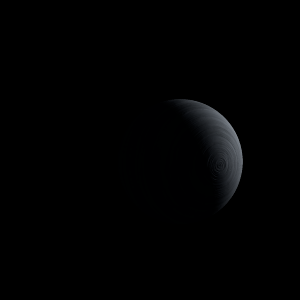|
|
Space Astro
|
Info for exoplanet "Erija-he"
| Scientific (actual) data |
|---|
| Name | NGTS-8 b |
| Planet status | Confirmed |
| Planet mass | 0.93 |
| Radius | 1.09 |
| Orbital period | 2.4997 |
| Semi major axis | 0.035 |
| Orbit eccentricity | 0.01 |
| Inclination | 86.9 |
| Discovered | 2019 |
| Updated | 2019-11-11 |
| Tzero tr | 2457500 |
| K | 149.95 |
| Temperature (kelvin) | 1345 |
| Publication | Published in a refereed paper |
| Detection type | Primary Transit |
| Mass measurement type | Spectrum |
| Radius measurement type | Primary Transit |
| Star name | NGTS-8 |
| Right ascension | 328.98° |
| Declination | -14.07° |
| Mag v | 13.68 |
| Star distance | 434.273 |
| Star metallicity | 0.24 |
| Star mass | 0.89 |
| Star radius | 0.98 |
| Star sp type | K0V |
| Star age | 12.48 |
| Star temperature | 5241 |
| Wikipedia article | NGTS-8 b |
Back
| |
| Fictional info (?) |
|---|
| Suggested name | Erija-he |
| Planet type | Hot gas giant |
| As seen from NGTS-8, in a frame of reference that rotates with the orbital motion, it appears to rotate only once every two years.
The neon has probably photodissociated, and the free carbon dioxide has been swept into interplanetary space by the solar wind because of the lack of a planetary magnetic field. |
| Atmosphere | Carbon dioxide | 99% |
| Sulfur dioxide | 0.3% |
| Neon | 0.19% |
| Hydrogen deuteride (HD) | 0.032% |
| Hydrogen | 0.017% |
| 2H2O | 0.0082% |
| Atmospheric pressure | 0.13 bar |
 |
| No known satellites |
| Google search for Erija-he |
|
Website by Joachim Michaelis
|
|
|
|